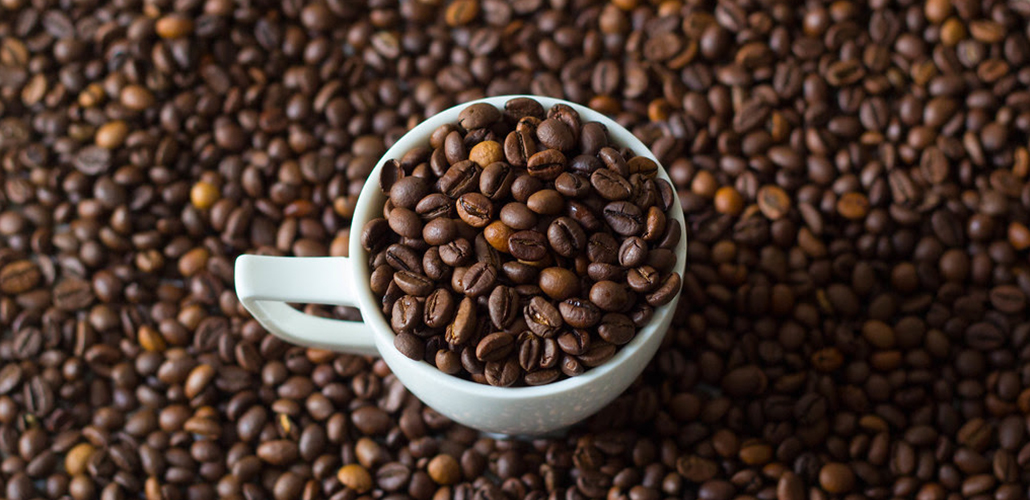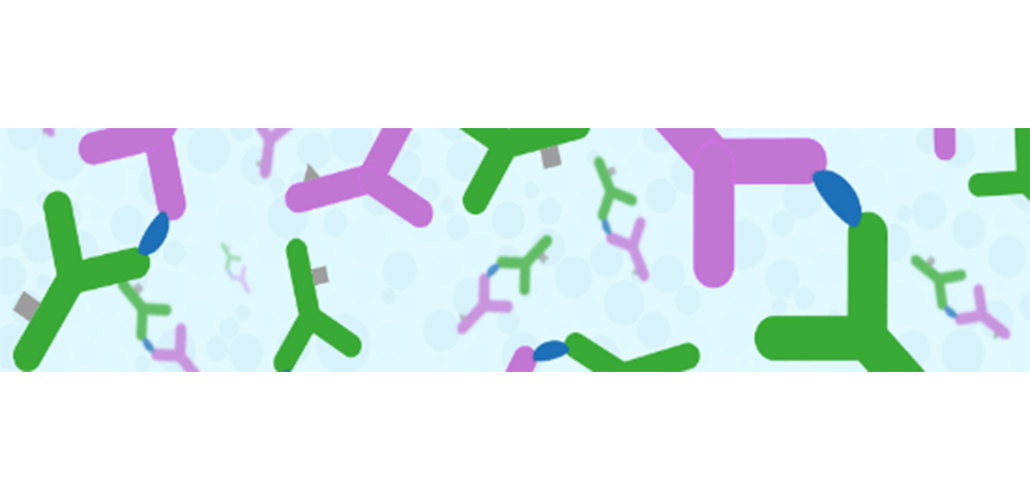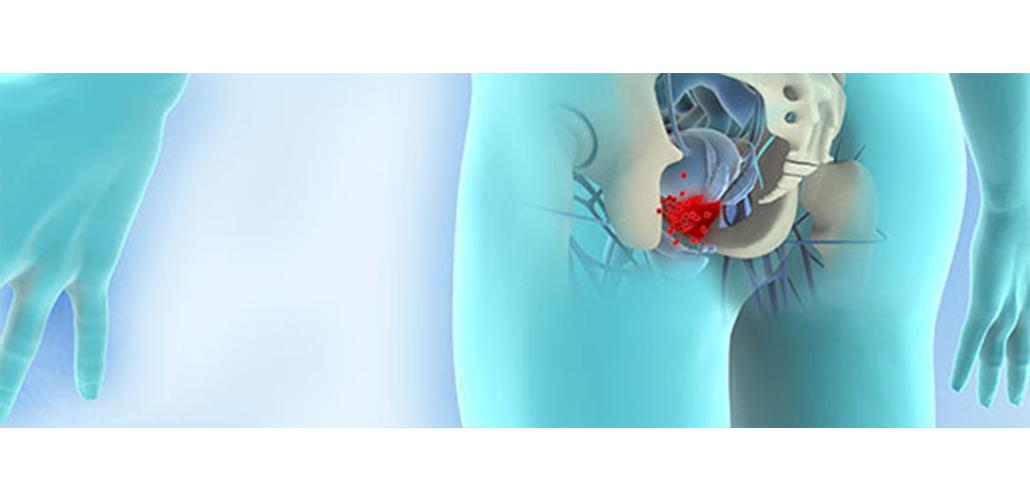Oxidation stability of coffee
Agricultural Sciences / Nutrition & Food Sciences / Agro-Food
January 19, 2020The freshness as well as the smell and taste of coffee depend, among other things, on the content of antioxidants. The antioxidant content is critical to set a retail price and therefore it is of great interest for manufacturers and distributors to determine it. Classically, this parameter is determined via long-term storage tests. Oxidation stability offers a fast, alternative method, which can define the quality of coffee.
Using the modified Rancimat method, the oxidation stability of coffee can be determined quickly and reliably. The sample is analyzed together with polyethylene glycol (PEG). The antioxidants present in the sample matrix stabilize the induction time of the PEG. The induction time can therefore be related directly to the oxidation stability and antioxidant content of the sample.
Metrom offers an Application Note that demonstrates the feasibility of the modified Rancimat method. Using the 892 Professional Rancimat, reproducible and accurate determination of the oxidation stability of different coffees is possible!
Click here for more information!




